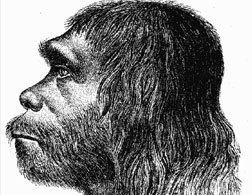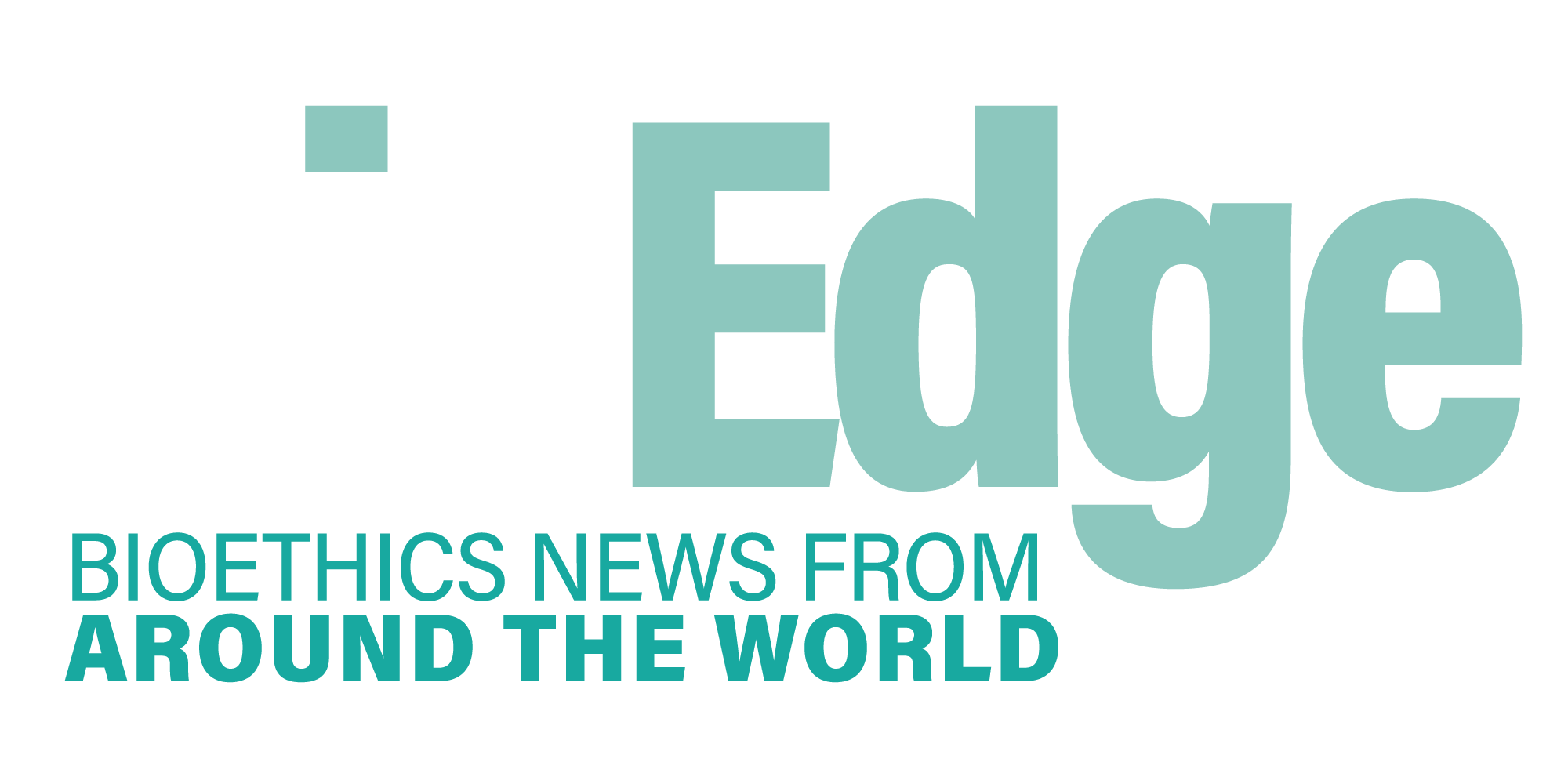Cloning our cousins
If they can get the technology right, scientists could clone a Neanderthal It’s a daunting challenge, but some scientists are considering it: cloning a Neanderthal. Nature recently reported that scientists have recovered a substantial amount of DNA from hair balls preserved in frozen woolly mammoths. They speculated that it might be possible to clone one of these beasts by inserting mammoth DNA into the egg of an African elephant. The ancient DNA is quite fragmented, but with new techniques — and another US$10 million — it may be possible to reconstruct a complete genome.
It’s a daunting challenge, but some scientists are considering it: cloning a Neanderthal. Nature recently reported that scientists have recovered a substantial amount of DNA from hair balls preserved in frozen woolly mammoths. They speculated that it might be possible to clone one of these beasts by inserting mammoth DNA into the egg of an African elephant. The ancient DNA is quite fragmented, but with new techniques — and another US$10 million — it may be possible to reconstruct a complete genome.
If a mammoth, why not a Neanderthal?
There are some sticky ethical issues. One of the techniques involves modifying a human genome to become a Neanderthal genome. Another contentious issue is that the Neanderthal, who is human, would be cloned. At the moment, nearly every government is adamantly opposed to reproductive cloning.
But Dr George Church, a genome technologist at Harvard Medical School has a fix in mind. Why not upscale a chimpanzee genome to create a Neatherthal genome? Afterwards a clone could be brought to term in the womb of a chimpanzee. "The big issue would be whether enough people felt that a chimp-Neanderthal hybrid would be acceptable, and that would be broadly discussed before anyone started to work on it," Dr Church told the New York Times. ~ New York Times, Nov 19
More Stories
BioEdge has closed its doors
After 23 years, BioEdge ceased publication in May 2024. Not that there wasn't lots to report on and talk about,...
How liberal are American bioethicists?
There is growing acknowledgement of the fact that the backgrounds, ideas, and politics of American academics are out of step...
Doctors can be socialized to cooperate in morally despicable evil, says bioethicist
Bioethicist Carl Elliott seems to relish stirring up fellow bioethicists and the medical profession. In his latest book, The Occasional Human...
3 sperm donors from same family in Quebec have sired 600 children
Three men in Quebec from the same family have fathered more than 600 children by offering free sperm on the...
American IVF clinics are happily offering sex selection
The United States is one of the few countries where IVF sex selection is legal – and it is a...
Owner of castration website in UK found guilty of grievous bodily harm
“Enhancement” normally connotes adding powers beyond normal human functioning. However, there are dark kinds of enhancement which remove them. A...
